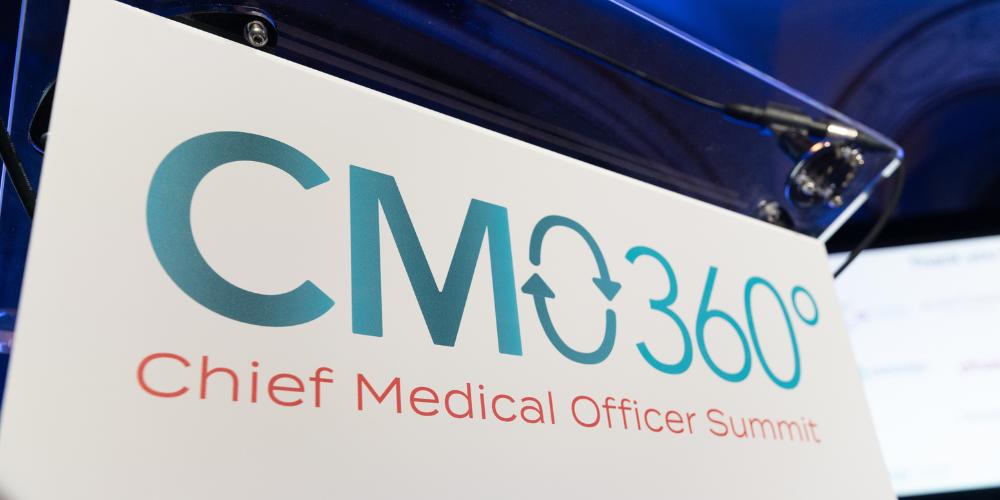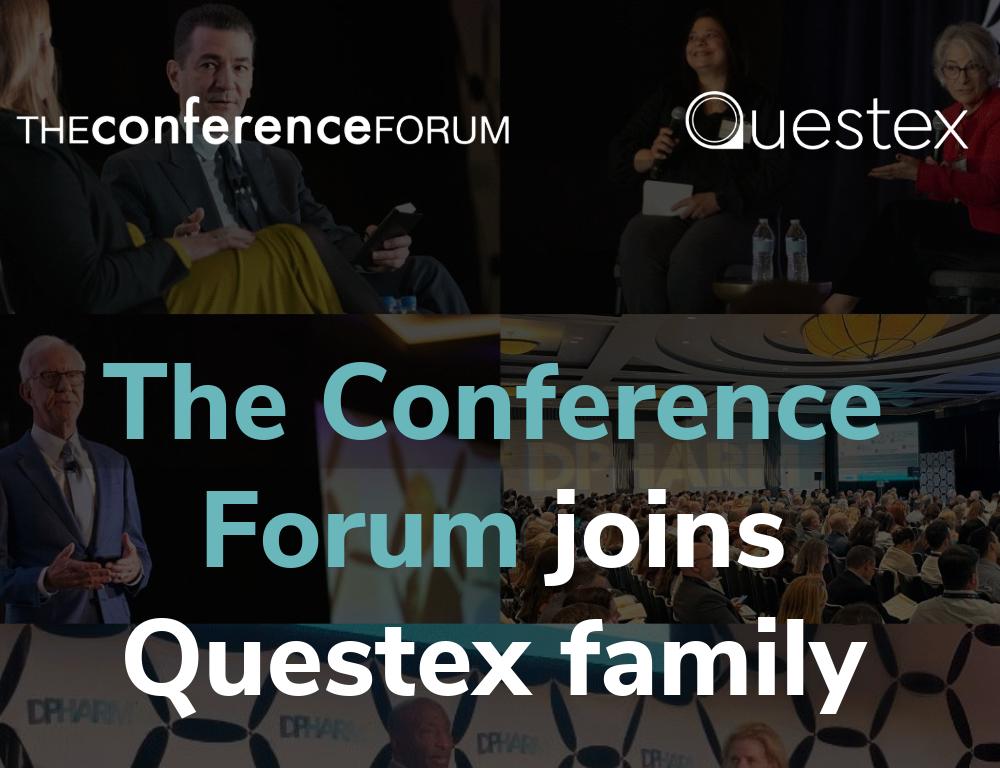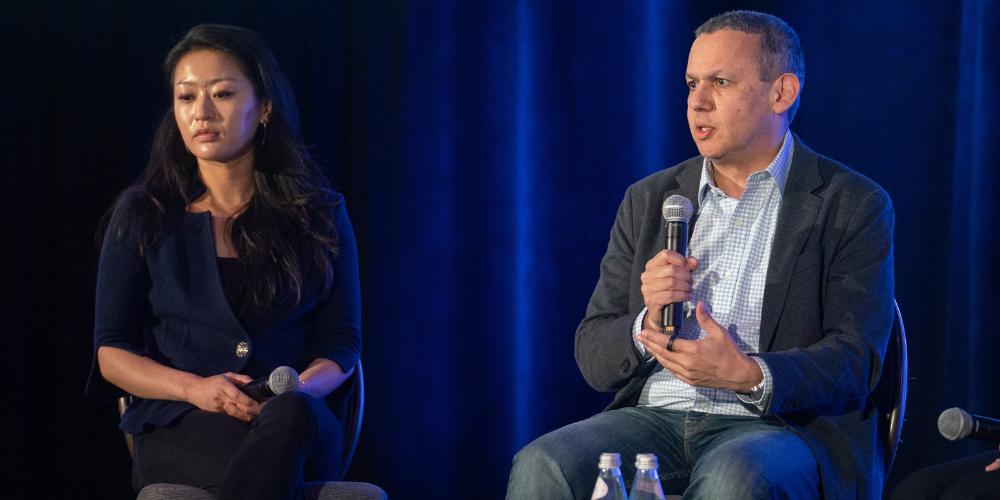What CMOs Need to Know about the Pharma Partnership Diligence Process
With experience on both the pharma and biotech side of partnerships, Jeremy Sokolove, CMO of Odyssey Therapeutics, discusses how these deals are evaluated and what CMOs can do to ensure success throughout the process.

Tell us about your involvement in the GSK Search and Evaluate team.
At GSK, I led early and translational development including clinical pharmacology, modeling, and simulation. One of the key parts of that was supporting our BD colleagues in evaluating early assets, mainly in the non-oncology space, but also the clinical pharmacology of l of assets across all stages of development. We basically covered all incoming business development and offered clinical and translational pharmacologic evaluation for projects, whether that meant evaluating preclinical data or clinical data, creating models and simulations with the data provided, and further benchmarking the products with data pulled from the public domain. We did the technical diligence in terms of translational biology, clinical data, and clinical and translational pharmacology.
What is the process when working with a biotech for a potential partnership or acquisition?
There are a series of triage gates. The first gate is convincing biology, which means presenting either a mechanism with precedent or a mechanism well-supported by basic and translational data. The next step is to look at the molecule itself and see whether it exhibits any potential red flags. It’s always much easier to stop a process or kill a molecule than it is to advance it. The prior probability for any molecule is that it is not going to work or that it will have some kind of liability that will make it inviable.
The goal at that point is to define what liabilities would exclude it and then move on. Those liabilities included safety – whether off-target effects or on-target safety limitations, either in general or in the specific disease where it was indicated. There are also pharmacologic liabilities, especially drug-drug interactions. For example, if it interacted with oral contraceptives, then it wouldn’t be an ideal drug for women of childbearing potential, especially with concurrent drugs that require birth control. That would generally rule a drug out.
The last thing was about the indication and the differentiation. Is the indication recognized to be a high-value, high-unmet need, large patient population? If it was a subpopulation, was there a high unmet need? And then if the product passed the biology, translation and pharmacology gates, then the diligence came down to a commercial assessment of the opportunity. With great respect for my commercial colleagues, this is also a challenging prediction based on best available assumptions and clearly different organizations can come to different conclusions.
“I often recommend doing a pre-mortem, where you imagine yourself 3-5 years later with a failed POC study and ask what you would have missed or what would have caused the failure.”
With regard to the bandwagon effect, is it worth it for companies to develop in spaces where deals are being made?
When a bandwagon starts moving in a specific modality, indication or target, you can benefit from the momentum if you were lucky enough to already be in that space. But for an early company to start developing in a space might not be the smartest thing because it’s possible that by the time you develop enough, the trend will swing to another area.
For companies in those hot areas, you really need to be able to differentiate. This can be based on increased potency or safety, which are pretty common differentiators. Another differentiation can be pharmacology, where your drug can be taken less often or in a more convenient way than others in the space. Regardless of the differentiation, it needs to be noticeable to both the patient and the provider.
How does pharma do diligence on potential assets and companies?
Pharma companies are looking into the strengths and liabilities of what the biotech companies have done. Sometimes in the early space, the pharma company simply attempts to replicate the data from the biotech and asks if it can convince itself that the data provided is robust enough to take to the next stage of development. Sometimes the pharma company in-licenses a potential candidate to see if they can bring it to the next step themselves. And, when thinking about company acquisitions, the pharma company will ask whether the profile of the biotech will manifest both preclinically as well as clinically, and potentially culturally, when integrated.
“The key to getting partners is to show them the opportunity as well as show them that you’ve thought about and abrogated as many liabilities as possible.”
What lessons or practices have you taken with you now that you’re on the biotech side of the conversation?
The first thing I do is I take a skeptical lens towards our own data and make sure that I've answered my own questions that I would have as a pharma evaluator. I think about that stepwise process I spoke about earlier: significant gaps in the biology; significant gaps in the translation, including indication selection; significant gaps in the pharmacology, including things like drug-drug interactions; and potential liabilities for clearance mechanisms, especially those that are disease limiting or concomitant medication limiting. Based on those, I ask what I can do to abrogate those risks? Can we optimize the asset so that we can eliminate as many of those risks as possible?
I often recommend doing a pre-mortem, where you imagine yourself 3-5 years later with a failed POC study and ask what you would have missed or what would have caused the failure. If it was biology, then maybe now you should work on getting as much good supporting data to minimize holes. If it was a pharmacologic liability that you could have anticipated or tested for, now is your time to test for those liabilities and engineer them out if possible. If it was that you chose to target the wrong indication, you know you need to invest in getting better translational data to support your indication selection.
How can CMOs ensure a successful partnership after the deal?
I think it's twofold. One is the clinical and scientific and the other is the regulatory. For early assets not yet in the clinic, it is about transferring methods and reagents in a way that lets the partner be confident and able to start where you left off. You want them to be able to replicate your data and get to the next step using the tools, reagents and experiments you’ve already done at the biotech.
With regard to clinical stage assets, it’s critical that you have your regulatory documentation done all along the development process. You need to make sure that your investigational product and your drug supply are well documented and that either your contract manufacturing organization is able to scale up or that you are able to transfer that process.
From a regulatory perspective, you need to take stock of which boxes you’ve checked to get to the next stage. Have you done Asian PK studies so the partner can begin studies in Asia? For later stage assets, have you done special population studies and looked at the full range of drug-drug interactions and food effects?
Do you have any other advice for how CMOs can ensure success in conversations with pharma?
Take the pharma view. It’s very easy to be enamored with your own asset because there is a significant amount of data you have already integrated. The key to getting partners is to show them the opportunity as well as show them that you’ve thought about and abrogated as many liabilities as possible.
At the end of the day, pharma companies are commercially driven organizations. While science is the cost of entry, commercial is really the final deciding factor. It’s important to make sure you’ve aligned your case commercially in a realistic and reasonable way.
How can the CMO of an earlier stage company do that effectively?
I’m still learning, but I think it’s a matter of getting good external consultation from experts in the clinical space as well as the commercial space. That can be done either with a clinical consultant or with agencies that can provide solid, data-based reports on the commercial opportunity and commercial landscape so that you can be realistic when you go into those discussions and tailor your presentation towards those realities. Also, realizing that different pharma companies have different existing clinical and commercial footprints, the right match in terms of clinical indication and/or therapeutic area could be a significant accelerator.
Clinicians should also feel free to leverage their experience as clinicians, but also realize that their clinical experience is often narrow or limited and may have become outdated as they’ve become more removed from clinical practice.







